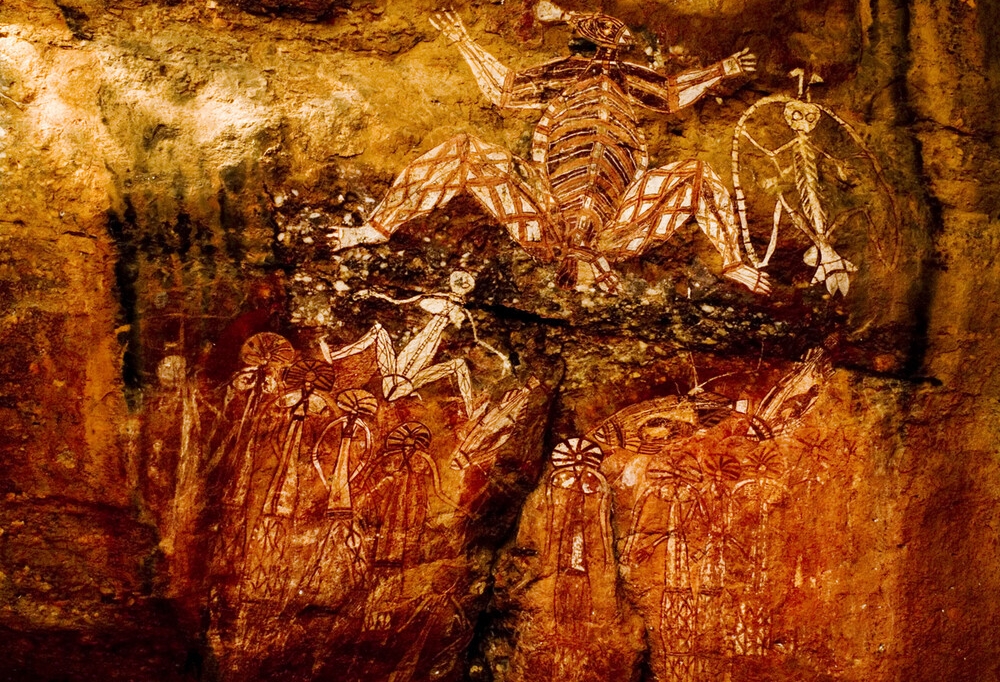



Kakadu National Park - living cultural landscape with exceptional natural and cultural values, protected by UNESCO

Baku, November 19, AZERTAC
Located in the Northern Territory of Australia, the Kakadu National Park is a living cultural landscape with exceptional natural and cultural values.
It has been inhabited continuously for more than 40,000 years.
The cave paintings, rock carvings and archaeological sites record the skills and way of life of the region’s inhabitants, from the hunter-gatherers of prehistoric times to the Aboriginal people still living there.
It is a unique example of a complex of ecosystems, including tidal flats, floodplains, lowlands and plateaux, and provides a habitat for a wide range of rare or endemic species of plants and animals.
Kakadu has been home to Aboriginal people for more than 50,000 years, and many of the park’s extensive rock art sites date back thousands of years.
Kakadu’s rock art provides a window into human civilisation in the days before the last ice age.
Detailed paintings reveal insights into hunting and gathering practices, social structure and ritual ceremonies of Indigenous societies from the Pleistocene Epoch until the present.
As the largest national park in Australia and one of the largest in the world’s tropics, Kakadu preserves the greatest variety of ecosystems on the Australian continent including extensive areas of savanna woodlands, open forest, floodplains, mangroves, tidal mudflats, coastal areas and monsoon forests.
Designated a UNESCO World Heritage Site in 1981, the park also has a huge diversity of flora and is one of the least impacted areas of the northern part of the Australian continent.
Its spectacular scenery includes landscapes of arresting beauty, with escarpments up to 330 metres high extending in a jagged and unbroken line for hundreds of kilometres.
The hunting-and-gathering tradition demonstrated in the art and archaeological record is a living anthropological tradition that continues today, which is rare for hunting-and-gathering societies worldwide.
Australian and global comparisons indicate that the large number and diversity of features of anthropological, art and archaeological sites (many of which include all three site types), and the quality of preservation, is exceptional.
Azerbaijan to promote its culture in Spain
New Caledonian delegation visits Heydar Aliyev Center VIDEO
People's Artist of Azerbaijan Chingiz Sadykhov’s 95th anniversary marked in Northern California
Türkiye's famous film studio where historical series are filmed, opens its doors
UN hosts joint briefing on 6th World Forum on Intercultural Dialogue